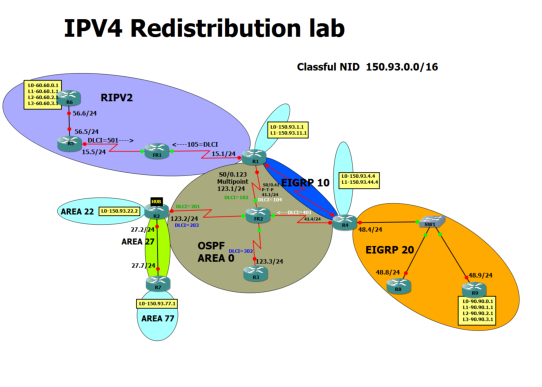IPV4 ADDRESSING
- IP Address
- Version of IP Address
- Characteristics of IPV4
- Classification of IPV4 on the Basis of Management & Business
- Public & Private IP Address
- Network Mask
- Role Network mask in IP Addressing
- Default Mask of Classfull IP Address
- IP Address is combination of Network bits & Host bits
- Network ID or Network Address & Broadcast ID or Broadcast Address
- ANDing Process
- No. of Network & IP Address in Class A, Class B, Class C
- Reason to Exhaust IPV4
- IPV4 Saving Techniques (Subnetting, VLSM, NAT, PAT, ICS, IP Unnumbered)
- How to proceed for Subnetting & VLAM
- Tip & Trick to find out Network Address, Broadcast Address
- First Valid IP address, Last valid IP address & Valid range of IP address
- Design, Implementation & Troubleshooting IP addressing
- Difference between Supernetting & CIDR
- Difference between Supernetting & Summarization
-
